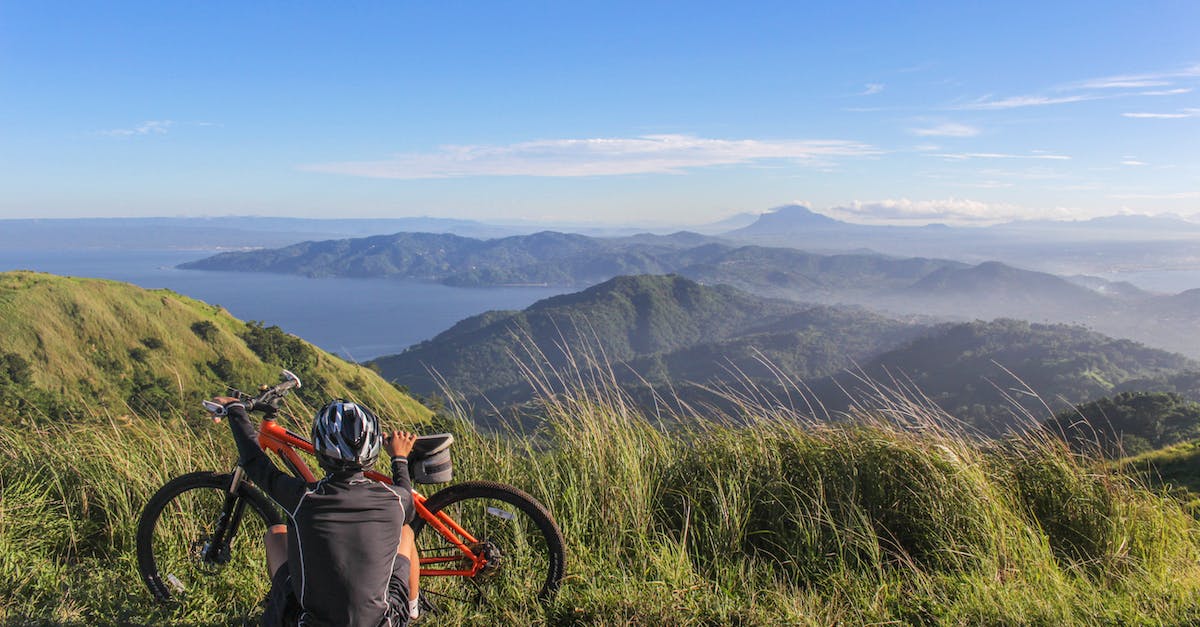ROHD WAWR-ee-uhr
noun
A cyclist who rides long distances on roads.
Example usage: The road warrior completed the 200 mile ride in one day.
Most used in: Bikepacking circles and long-distance road cycling.
Most used by: Cyclists who enjoy long-distance rides on roads.
Popularity: 8/10
Comedy Value: 5/10
Also see: Cobblestone Cowboy, Pavement Pounder, Tarmac Terror, Asphalt Assassin,
What Is A Road Warrior?
A road warrior is a term used to describe a cyclist who regularly rides on roads. Road warriors are often ambitious and competitive, pushing themselves to ride faster and farther than before. They are usually well-equipped, with high-end bikes, clothing, and accessories designed for road cycling.
Road warriors often participate in organized events such as races, group rides, and charity rides. According to the League of American Bicyclists, there are now over 70 million Americans who ride bicycles for transportation or recreation. Of these, about 40 million Americans ride bicycles on the road.
Road warriors are typically experienced cyclists who are comfortable riding in traffic. They often develop their own strategies for safely navigating roads, such as communicating with drivers and other cyclists, avoiding hazards, and being aware of their surroundings. Road warriors are also often familiar with local laws and regulations.
Road cycling can be a great way to stay fit, explore new places, and build relationships with other cyclists. If you’re looking for a challenging and rewarding way to stay active, becoming a road warrior might be the perfect fit.
.The Origin of the Cycling Term 'Road Warrior'
The term 'Road Warrior' was first coined in the early 1980s, by cyclists in Northern California. It was used to describe cyclists who would ride on long, challenging routes, often covering hundreds of miles in a single day.
The term 'Road Warrior' is derived from the 1981 Mad Max movie by the same name, which follows a character who drives around a post-apocalyptic desert landscape. The cyclists of Northern California found the comparison apt, as they too were often travelling through desolate terrain, while facing their own set of challenges.
The term quickly gained popularity among cyclists, and eventually spread to other parts of the United States. It is now used as a term of respect for cyclists who are willing to push their limits and tackle difficult roads.












